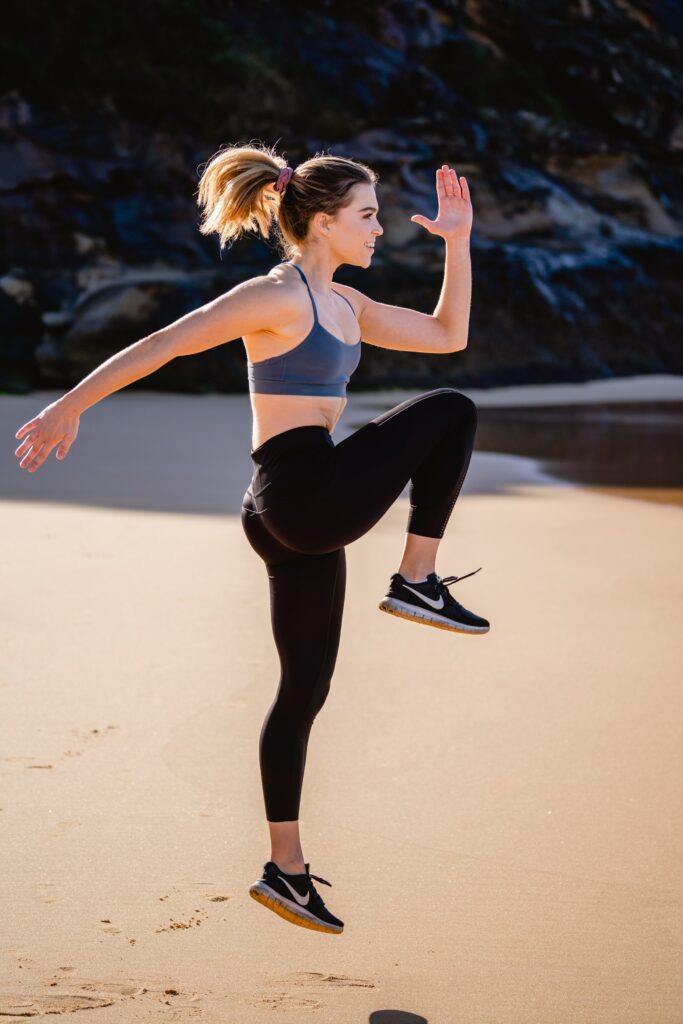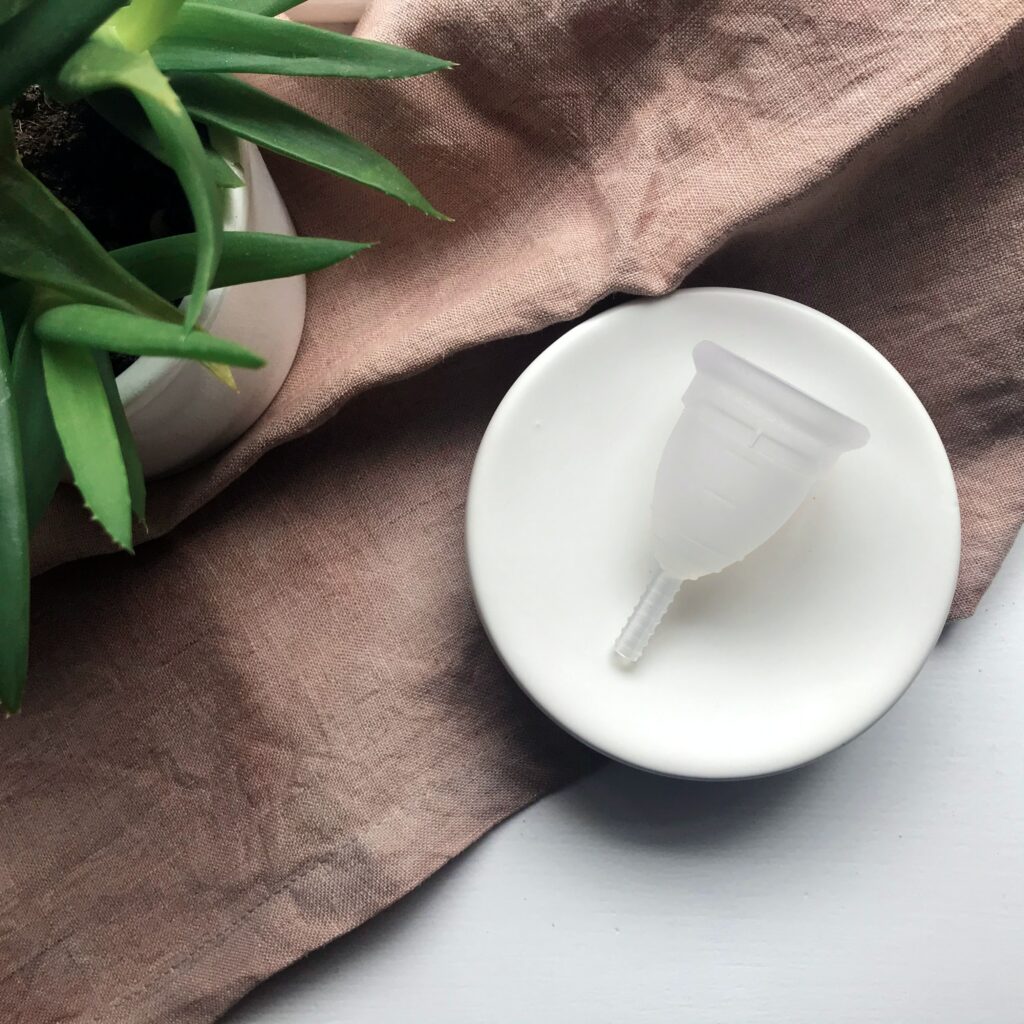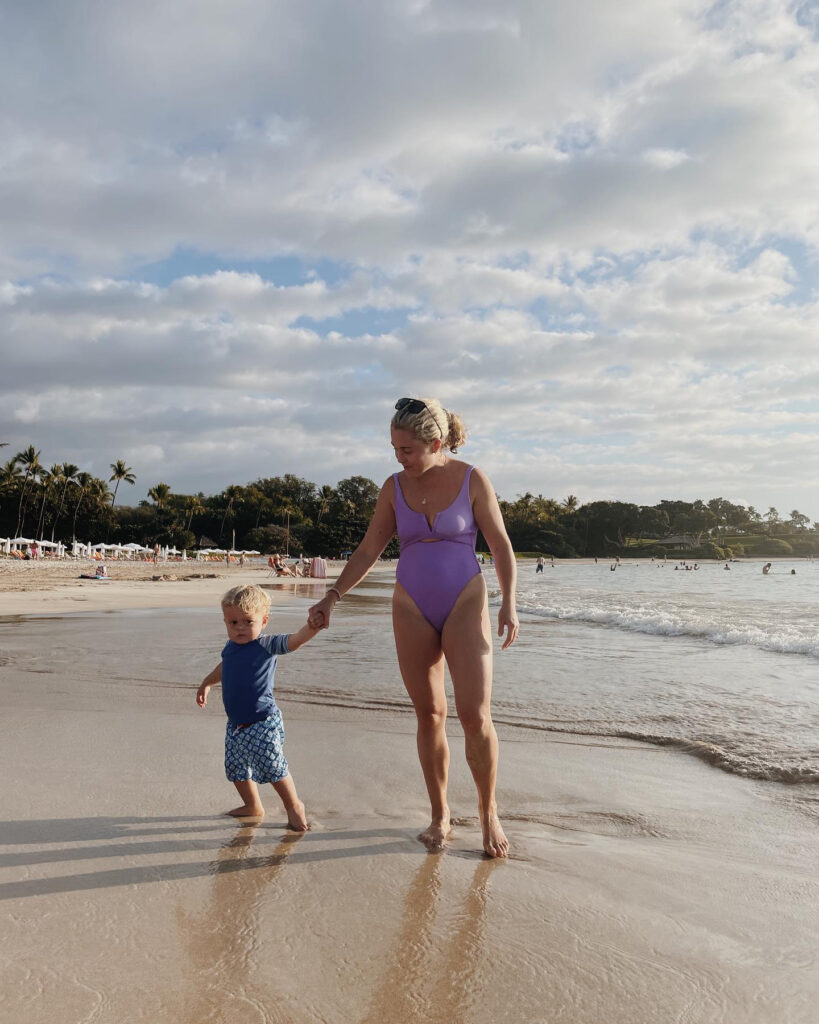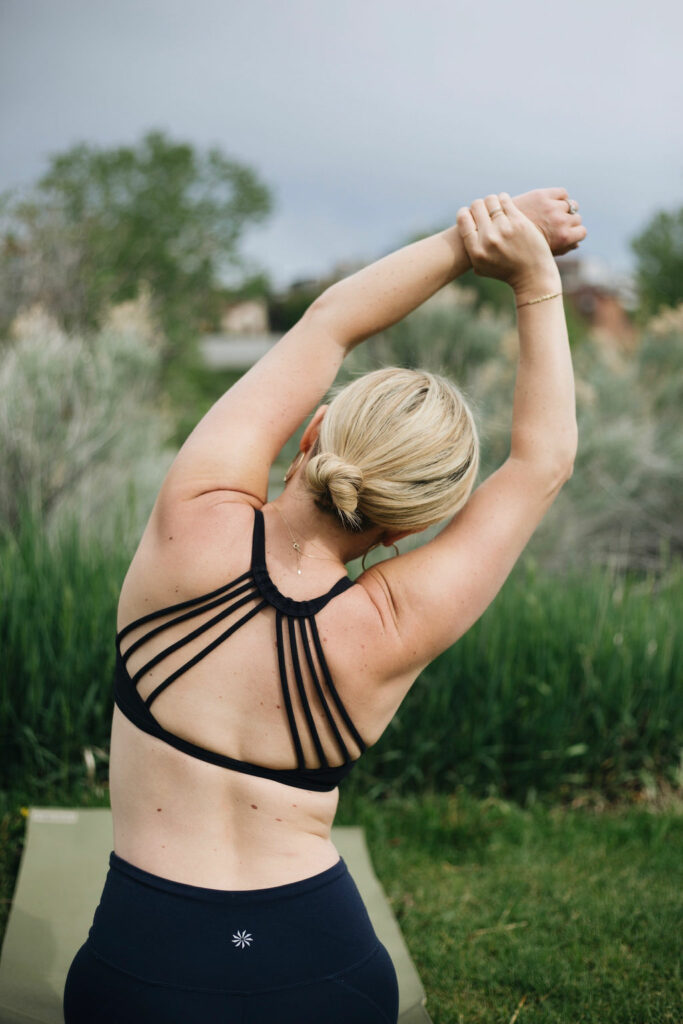Wondering how you can support your hormones for optimal health and wellness? Enter: cycle syncing. Cycle syncing is the art of aligning your diet and lifestyle with your body’s hormonal shifts. In essence, as your hormones fluctuate throughout the month, so do energy levels, emotions, appetite, and more. Naturally, it makes sense to change what you eat, exercise, and structure your lifestyle! Fortunately, it’s not rocket science. Once you begin living in the flow with your flo, you’ll notice fewer cramps, less PMS, and a world’s difference in how you feel. Ready to kickstart your physique goals? Start with this menstrual cycle workout plan.

4 PHASES OF THE MENSTRUAL CYCLE
Before we dive into exercising with your menstrual cycle, let’s set the stage. Each month—during the years between puberty and menopause—a woman’s body goes through a number of changes. This series of hormone-driven events is called the menstrual cycle. During each menstrual cycle, an egg develops and is released from the ovaries. The lining of the uterus builds up. If a pregnancy doesn’t happen, the uterine lining sheds. You get your period and the cycle starts again. The length of each phase can differ from woman to woman, and it can change over time.
MENSTRUATION PHASE
The first phase lasts 3-7 days. Estrogen and progesterone are low. The lining of the uterus sheds, causing bleeding.
FOLLICULAR PHASE
Approximately 16 days, estrogen and progesterone are on the rise.
OVULATORY PHASE
This phase is quick: 2-3 days—estrogen peaks; testosterone and progesterone rise.
LUTEAL PHASE
The final phase is 12-14 days. Estrogen and progesterone levels are high. If the egg isn’t fertilized, hormone levels decrease and the menstrual cycle starts again.
Disclaimer: These are ranges. Every woman’s cycle varies in length, so each of the four phases may be shorter or longer than what’s listed above. If your luteal phase is short (leading to a short cycle, overall), consider natural ways to lengthen it.

your menstrual cycle impacts your workouts
At the end of the day, you want to work with your hormones, not against them. And while there are many ways to do this (blood sugar balance, birth control method, work schedule, supplements, sex life, and more), today the focus is on fitness. So, what does the data show?
- Your resting heart rate / cardiovascular benchmarks fluctuates throughout the menstrual cycle. (source)
- Physical activity in general has been shown to reduce symptoms of physical PMS symptoms, psychological PMS symptoms, dysmenorrhea, and oligomenorrhea. (source)
- Women showed better performance in jumping-speed efforts in the luteal phase, and shows the lowest exercise capacity right before and during menstruation. (source)
- Elite athletes self-report decrease in their athletic performance in the menstrual phase and an increase in follicular phase. (source)
All of that said, the female body is smart. There is a natural ebb and flow to energy, athletic performance, and hormones with each stage of our cycle. Up next: exactly how to leverage your workouts to align with the unique seasons of your menstrual cycle.

exercise is a tool to work with your hormones
While we all know exercise is essential for overall health—especially when it comes to managing blood sugar and hormonal balance. You can use it as a tool to work with your hormones by aligning your workouts with the different phases and energy levels of your cycle. For example, your athletic performance (and quite frankly, desire to exercise) may naturally falter during PMS / period times of your cycle—while the more energetic follicular phase and ovulation stage can often have us hitting a new personal best, squatting heavy, and yearning for more intense workouts! Even Olympic medalists report a change in their performance due to fluctuations in hormones.

positively change your relationship with exercise
By planning your workouts with your cycle, you can graciously support what your body needs throughout the month. As someone who used to think every workout had to be intense, consistent, and filled with sweaty cardio (more of my exercise story, here), I can confidently say that learning to incorporate different types / intensities has been empowering, transformative, and freeing. I no longer discount short, lower-intensity workouts—after all, there is a time and place for them. Learning to exercise with my cycle has been a lesson in rest, recovery, variety, and giving my body what it actually wants. As always, this isn’t one-size-fits-all. That said, below is a a simple framework to follow to sync exercise with menstrual cycle.
optimize your workouts with your cycle
Below is a general framework, divided by menstrual cycle phase. While this structure seems to work with most of my clients, every woman’s cycle looks unique to them. Therefore, it’s important to have an awareness of which exercises / energy levels seem to correlate with your cycle.
menstrual phase (Days 1-5)
This may feel intuitive already, but this is the time for slow, gentle movement. Either take an active rest day (stretch or go for a walk) or choose another form of low-intensity movement—like mat pilates with light weights, yoga, or bodyweight strength. You may feel some energy gradually come back around day 3-4 of your cycle as your estrogen begins to surge again, and at that point you can increase intensity.
follicular phase (approx. days 6-14)
This is when your energy is starting to bounce back! You’re likely feeling more energized, so it’s a great time to increase to moderate-intensity workouts: jogging / power walking, trail running, cycle classes, weight lifting, resistance band or dumbbell strength exercises, etc.
ovulation phase (approx. days 15-20)
Consider this the peak of your follicular phase. Thanks to higher levels of estrogen, you’re likely feeling the most energized of any phase of your cycle. Amp up to moderate-to-high-intensity workouts during this phase. You may find you can tolerate HIIT classes, quicker paces, faster recovery, higher weights, etc. during this time. This would be a good time for: interval workouts, running, intense weight lifting, sculpt yoga, speed walking, etc. If there’s a time to push yourself, this is it.
luteal phase (Approx. days 20-28)
The week or so before your period is time to start slowing things down again, decreasing the intensity of your workouts. You may still really want to be active during this phase (which is fine!), but perhaps to a lesser degree.This phrase is perfect for workouts like: hot yoga, resistance band exercises, bodyweight strength, incline walking, and pilates.

above all: honor intuitive movement
Yes, the goal is to sync exercise with your menstrual cycle, but it’s equally important to honor what your body needs. There’s a difference between forcing yourself to exercise when you feel weak and moving your body for the right reasons. If you think you’re exercising too much, consider low intensity movement for a month or two. After all, the goal is to feel strong (but challenged) when exercising, not exercise to the point of diminishing returns: your period is absent, you’re not sleeping well, you feel anxious if you don’t workout, etc. In that case, it’s best to work with a healthcare professional to help you find a more supportive, intuitive relationship with exercise. Speaking from personal experience, it is possible!
Hormone balance ebook
Ready to take the next step in your hormone-healing journey? Grab your copy of Master Your Menstrual Cycle—my holistic guide to balancing your hormones with ease. Available for only $15!
This article is for informational purposes only. It is not, nor is it intended to be, a substitute for professional medical advice, diagnosis, or treatment and we recommend that you always consult with your healthcare provider.



Leave a Reply